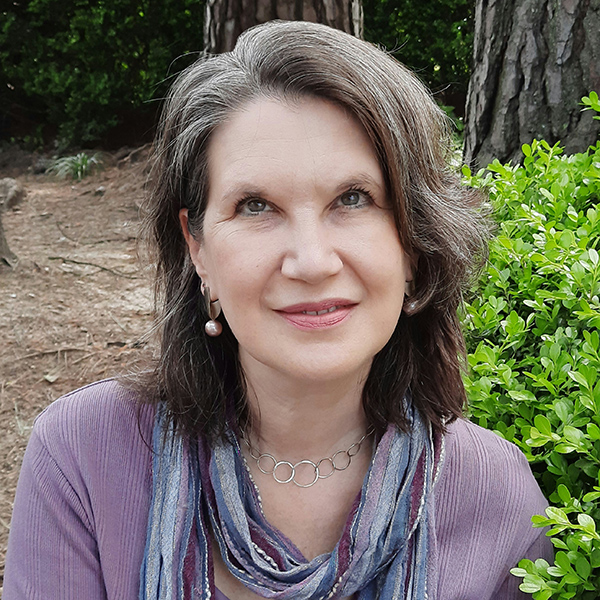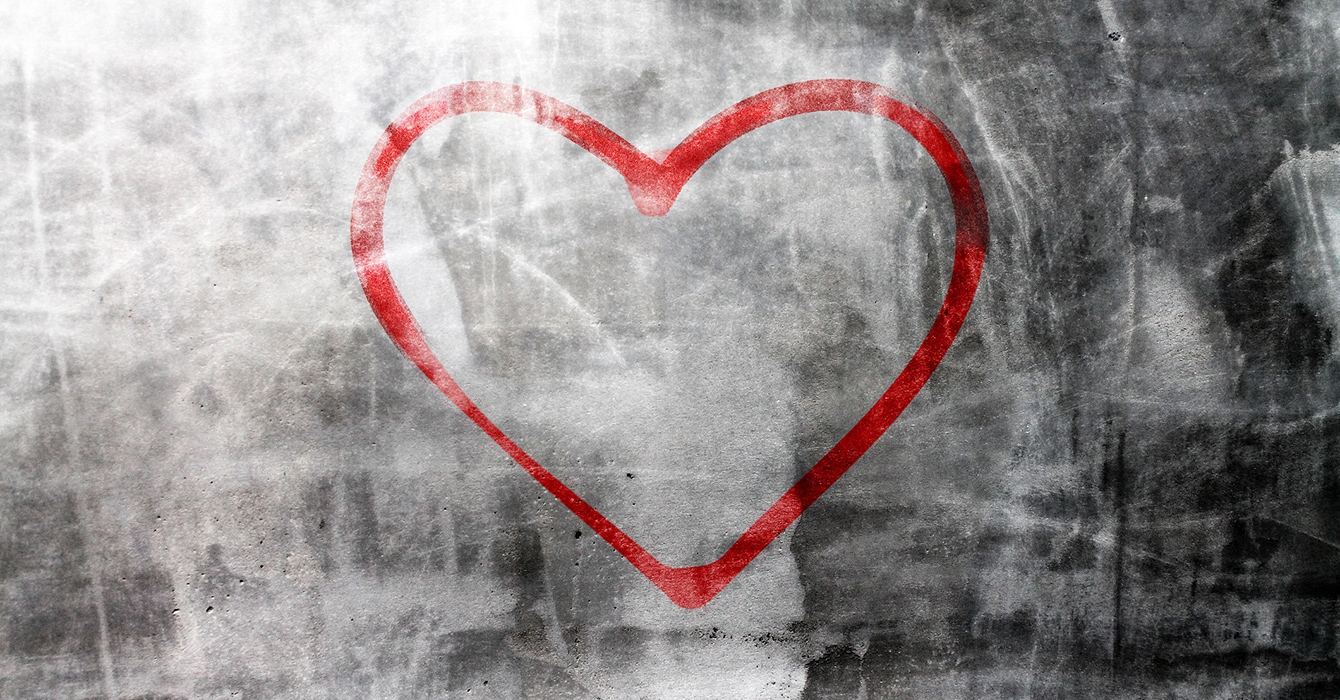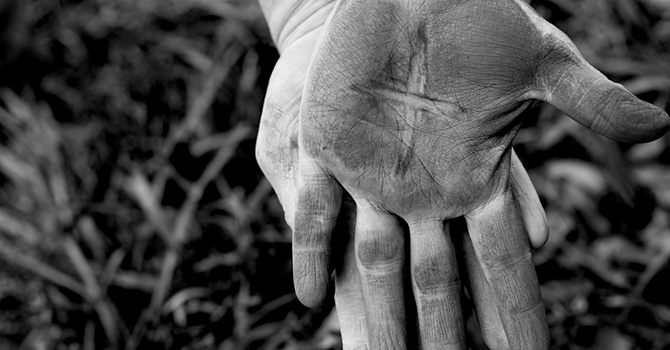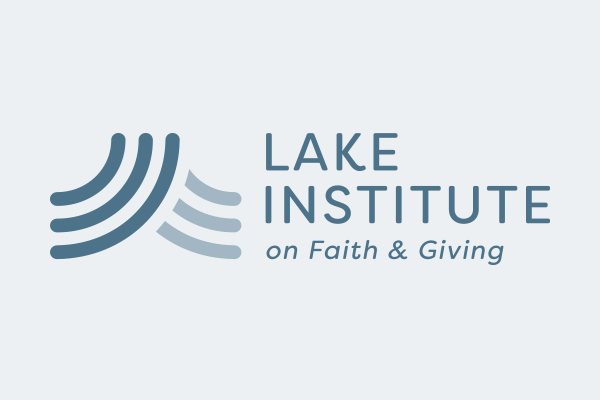One day, my sixth-grade science teacher announced we were about to begin a secret experiment. She immediately got our attention.
The clandestine study was an analysis of house dust. We would get to scrutinize the stuff under microscopes and find out what it contained. Stealthily, we collected dust samples from various locations in our households; the strict secrecy was necessitated by the rumor that our mothers would shut us down if they got word of this public exhibition of dust bunnies. Dust was meant to be kept in the dark, its embarrassing existence denied in the interest of maintaining the fiction that every kid had a spotless, happy home.
Like the mothers of my sixth-grade class, I’m invested in what the world thinks of me. Before company comes, I race around wiping down surfaces and committing telltale dust bunnies to the garbage can. When we’re trying to convince the world that we’re clean, it’s not only our homes that are on display. With family and friends, at work, and, for many of us, especially at church, we strive to show others a pristine life, a life that is whole.
With the imposition of ashes, the secrets of dust are dragged into public light. Ash Wednesday forbids our cheerful fictions. It’s an uncomfortable thing, after all, for us upstanding folk, normally neatly groomed, to walk out of the church and into the sunlight with dirt smudged on our brows. For many churchgoers, Ash Wednesday is one of the only things about our faith that makes public demands on us. We can leave our singing, our prayers, our table fellowship and our tithing behind in the house of God. But the ashes that begin the Lenten season are brought outside. Those ashes beg odd looks and, perhaps, awkward explanations.
The dust on our brows tells the truth about human existence. It’s an allusion, painted in dirt, to the creation of human beings recounted in Genesis 2 and to the realities of sinful life first described in Genesis 3.
This dust testifies to the fact that human creatures are God’s creatures. We are not our own, but are dependent on our good creator. It forbids us to tell any number of popular lies: the lie that we invent ourselves, the lie that we aren’t full of need, the lie that our flesh doesn’t matter. Dust is a physical reminder that we are clay in God’s hands.
This dust testifies to the fact that human creatures are broken creatures. Our lives, in truth, are not whole. They’re scarred and twisted by sin. Our dusty heads forbid more popular lies: the lie that we are righteous, the lie that we’ve got life under control, the lie that repentance is something for other people. Dust is a visceral reminder of brokenness, corruption and decay.
The ashes are a kind of gospel in the dirt. Not only do they mark the truth about sin and God’s call for us to repent, but, in doing so, they are a public witness to the healing and forgiveness that God pours over our repentant selves. “All flesh,” 1 Peter quotes from Isaiah, “is like grass and all its glory like the flower of grass. The grass withers, and the flower falls, but the word of the Lord remains forever.” (1 Peter 1:24-25) The epistle links Isaiah’s truth about dust to the good news of Christ; “you have been born again, not of perishable seed but of imperishable, through the living and abiding word of God.” (1 Peter 1:23) The reminder that death will reduce all flesh to dust stands in contrast to the promise that flesh and dust belong to God.
The word of the Lord, that same word that remains forever, was made flesh. The eternal word dwelt with us dusty people and never hid the truth about our dependence and brokenness. That living word testified in his flesh to the truth we try to hide beneath polished surfaces. In beginning Lent, we march towards the cross where that testimony was made most painfully and plainly. Pain and sin are real and terrible, but God is creator of and Lord over dust and responds to the truth of our brokenness with the wider truth of Christ’s mercy.
Dust is a public testimony to who we really are. It strips away our facades. When we leave the church and run into friends and neighbors, they find it hard to look away from the dust on our faces. The problem, though, is that most friends and neighbors don’t know the biblical referents the dust contains and so can’t see the witness to our true human condition that is written on our faces.
So we’ll have to do something to translate.
We’ll have to speak the truth of that dust, not only in the marks on our foreheads, but with our words and our bodies. Perhaps our dirty faces can be a little means of grace. Perhaps they can be a nudge from God, the push we need to live out the truth of repentance in our everyday lives. Perhaps they can prompt in us the courage to go public with the truth that we are dust and to dust we shall return.








